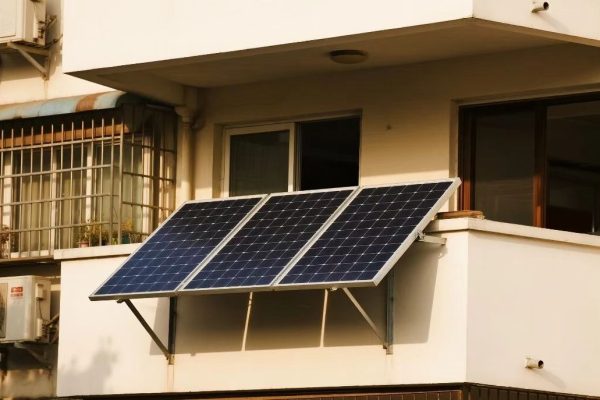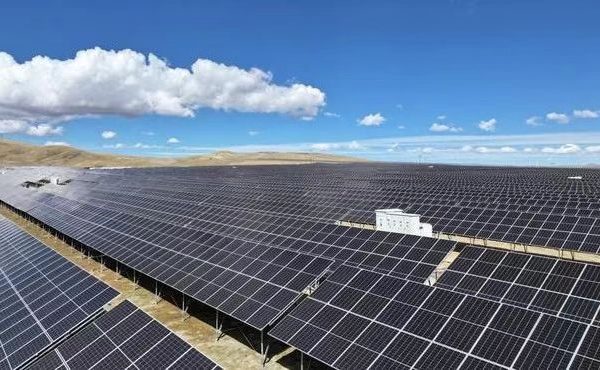Hybrid PV + storage systems are increasingly popular for residential, commercial, and small industrial applications.
A hybrid setup integrates solar panels, batteries, and inverters to manage energy flows efficiently, provide backup power, and maximize self-consumption.
However, achieving maximum system efficiency requires careful planning and understanding of the technical interactions between components.
This article explores strategies and best practices to optimize hybrid system performance for buyers, integrators, and EPCs.
1. Why Efficiency Optimization Matters
System efficiency directly impacts:
- Energy yield: More energy harvested and used, less wasted
- Battery lifespan: Proper charge/discharge management reduces degradation
- Cost savings: Lower energy bills and maintenance costs
- Reliability: Stable operation during peak loads and grid events
⚡ Even a 5–10% efficiency improvement can significantly reduce payback time for small to medium-sized hybrid projects.
2. Key Efficiency Loss Points in Hybrid Systems
| Component | Typical Losses | Notes |
|---|---|---|
| PV Panels | 5–15% | Mismatch, shading, soiling |
| Inverter | 2–4% | Conversion loss DC→AC; transformer or transformerless type |
| Battery | 5–15% | Charge/discharge round-trip efficiency, temperature effects |
| Cables | 1–3% | Voltage drop, resistance heating |
| BOS Components | 1–2% | Fuses, breakers, connectors |
🧾 Understanding where losses occur helps prioritize optimization efforts.
3. Selecting the Right Hybrid Inverter
(1) Efficiency Ratings
- Look for >95% peak efficiency
- Consider European Efficiency for systems with variable loads
- Transformerless inverters often offer higher efficiency and smaller size
(2) MPPT Performance
- Multi-MPPT design optimizes output for each solar string
- Reduces mismatch losses, especially in partially shaded environments
(3) Load Management Features
- Supports priority load control for critical loads
- Smart charging modes: time-of-use optimization or peak shaving
🔋 A well-matched inverter reduces energy losses across both PV and battery sides.
4. Battery Optimization Strategies
(1) Charge/Discharge Rate (C-rate)
- Avoid exceeding recommended C-rate (e.g., 0.5–1C for lithium-ion)
- Excessive rates generate heat and reduce efficiency
(2) State of Charge (SoC) Management
- Keep batteries within 20–90% SoC for daily cycling
- Avoid deep discharge unless system is designed for it
(3) Temperature Control
- High or low temperatures reduce round-trip efficiency
- Use proper ventilation or heating in extreme climates
(4) Battery Chemistry Considerations
- LFP batteries: High cycle life, stable efficiency
- NMC batteries: Higher energy density but slightly lower round-trip efficiency
🧠 Battery management system (BMS) settings should match the chosen chemistry and installation environment.
5. PV Array Design for Maximum Energy Harvest
(1) String Configuration
- Match voltage and current within inverter MPPT limits
- Avoid long series strings that increase voltage drop
(2) Shading Analysis
- Identify and mitigate partial shading from trees, buildings, or HVAC units
- Use bypass diodes or microinverters if shading is unavoidable
(3) Tilt and Orientation
- Optimal tilt and azimuth angles improve year-round energy yield
- Small industrial rooftops may require custom mounting angles
🌞 Optimizing PV input ensures the hybrid inverter receives maximum DC power.
6. Cable and BOS Efficiency
(1) Cable Sizing
- Oversized cables reduce voltage drop and resistive loss
- Maintain voltage drop ≤1.5% DC side, ≤2% AC side
(2) High-Quality Connections
- Use crimped lugs, MC4 connectors, and torque-controlled terminals
- Poor connections create heat and energy loss
(3) BOS Components
- DC breakers, fuses, and SPD devices should be low-loss and correctly rated
- Minimize unnecessary intermediate junctions
🔌 Even minor improvements in BOS efficiency translate to better system output over time.
7. Smart Control and Load Management
Hybrid systems can actively manage energy flows to improve efficiency:
- Self-Consumption Optimization: Prioritize PV energy to loads before charging battery
- Time-of-Use Optimization: Charge battery during low-tariff periods, discharge during high-tariff periods
- Peak Shaving: Limit grid import during high-demand periods
- Backup Load Prioritization: Supply essential loads first to prevent overdraw
🧩 Smart EMS (Energy Management System) software ensures that energy is used where it has the most value.
8. Monitoring and Analytics
(1) Real-Time Monitoring
- Track PV output, battery SoC, inverter efficiency, and load consumption
- Identify underperforming strings or components
(2) Historical Data Analysis
- Adjust MPPT settings, load priorities, and maintenance schedules
- Detect trends in efficiency drop over months or seasons
(3) Remote Alerts
- Overvoltage, overcurrent, or temperature warnings allow preemptive action
- Reduces downtime and prevents energy loss
🌐 Monitoring is critical to maintain peak system efficiency throughout the life of the ESS.
9. Seasonal and Environmental Adjustments
- Winter: Longer daylight hours may not compensate for low PV efficiency; monitor battery temperature
- Summer: High temperatures reduce battery efficiency; ensure ventilation and derating strategies
- Dusty or industrial environments: Clean PV panels regularly to avoid 5–10% efficiency loss
🌡️ Seasonal adjustments and maintenance schedules help maintain annual system efficiency.
10. Integration Tips for Small Industrial Sites
- Match battery size with expected load profile
- Avoid oversizing inverter beyond expected peak load
- Install dedicated sub-distribution boards for ESS loads
- Use monitoring dashboards to visualize PV, battery, and load efficiency in real-time
⚡ Hybrid systems are most efficient when designed around the actual energy needs of the site.
11. Maintenance Practices to Sustain Efficiency
- Inspect and clean PV modules periodically
- Check all cable terminations for tightness and corrosion
- Verify inverter firmware is up-to-date
- Monitor BMS alarms and resolve anomalies immediately
- Replace fans or cooling components as required
🧰 Preventive maintenance ensures long-term efficiency and system longevity.
Optimizing hybrid PV + storage efficiency is a combination of design, component selection, and ongoing monitoring.
✅ Key Takeaways:
- Match inverter, battery, and PV configuration to site load profile
- Manage battery SoC and temperature carefully
- Minimize cable and BOS losses with correct sizing and connections
- Utilize smart EMS and monitoring for active energy management
- Schedule seasonal adjustments and preventive maintenance
A well-optimized hybrid system maximizes energy yield, battery life, and cost savings, providing both technical reliability and business value.









